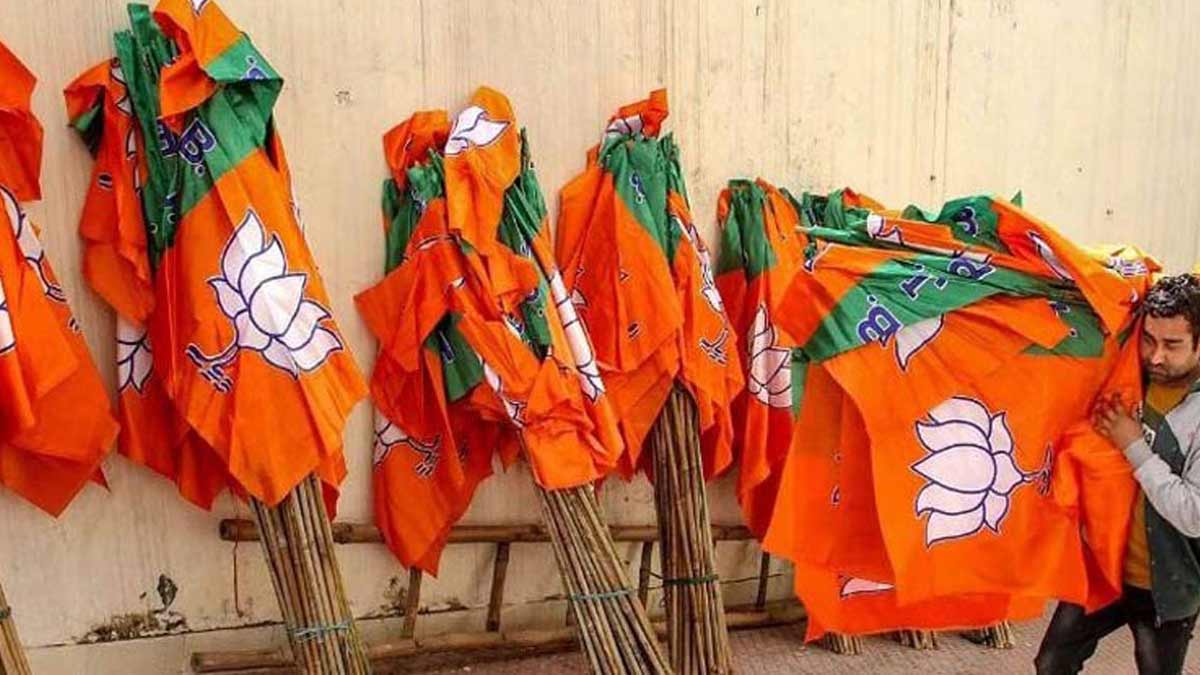The Election Commission has set the stage for another round of intense electoral battle with the announcement of assembly polls in Maharashtra and Jharkhand. Polling for 288 assembly seats in Maharashtra will take place on November 20 and Jharkhand will go to polls in two phases on November 13 and 20. The votes will be counted on November 23.
Schedule of #AssemblyElections2024 in the states of #Maharashtra and #Jharkhand 🗓️
— Election Commission of India (@ECISVEEP) October 15, 2024
Get excited to head to the polling stations! 🏃🏻🏃🏻♀️#ReadyToVote #Elections2024 #MaharashtraElection2024 #JharkhandElection2024 pic.twitter.com/QizIGje9W1
What makes this round of elections the biggest exercise since Lok Sabha polls, even surpassing the recently concluded elections in Haryana and Jammu and Kashmir, is the fact that there will also be bypolls to 48 assembly seats and two Lok Sabha constituencies, including Wayanad from where Priyanka Gandhi will make her electoral debut.
The bypolls hold much significance, particularly in Uttar Pradesh where 10 seats will witness the contest. The stakes are high for the ruling BJP and its Chief Minister Yogi Adityanath. The other assembly bypolls are spread across Assam, Punjab, Karnataka, Kerala, Bihar, Madhya Pradesh, Rajasthan, Sikkim, West Bengal, Uttrakhand, Gujarat, and Meghalaya. The results of these bypolls will be interpreted as a referendum on the state governments.
Schedule for Bye Elections to 48 ACs and 2 PCs across 15 States.
— Election Commission of India (@ECISVEEP) October 15, 2024
Details in images👇#Elections2024 #ECI pic.twitter.com/UfStKpkuId
If the Haryana poll result had given the BJP much-needed confidence after a humbling Lok Sabha polls results, this year’s last election cycle will decide if the party can continue to be confident. However, tough contests await the saffron party in both these states.
In Maharashtra, the contest is between ruling CM Eknath Shinde-led Mahayuti Alliance, which includes the BJP, Shiv Sena, and NCP, and the main opposition, Maha Vikas Aghadi alliance, which has Shiv Sena (UBT), NCP (Sharad Pawar faction), and the Congress. The opposition is fighting a prestige battle in the state as many of the senior leaders had defected to the BJP or formed separate units.
Will Sharad Pawar and Uddhav Thackeray recover some of the lost ground?
In the last Lok Sabha elections, the opposition alliance had won 30 out of the 48 seats in the state.
In the 2019 assembly elections, the BJP won 105 seats and the Congress 44. The BJP formed the government after factions of Shiv Sena and NCP aligned with it. Despite having more seats, the BJP made Shiv Sena’s Eknath Shinde, a Maratha, the CM. Former CM Devendra Fadnavis agreed to become deputy CM following a diktat from the BJP.
It will have to be watched if Pawar and Thackeray would continue their winning streak or the BJP alliance will counter their moves as they did in Haryana through social engineering. Meanwhile, the farmers' distress and demands of reservation by key caste groups will be a challenge for the ruling alliance.
Unlike in Haryana, where the BJP and Congress had a direct contest, in Maharashtra and Jharkhand, the contest is between the alliances. In Jharkhand, Chief Minister Hemant Soren-led JMM-Congress and RJD is expected to face a tough battle from the BJP-led alliance.
The BJP has already decided on the seat-sharing formula with its alliance partners in both states. It is expected to contest over 150 seats, while the rest will be divided between other partners.
In Jharkhand, after the BJP lost a few seats in the Lok Sabha polls, it is finalising alliance with states parties like the AJSU, JD(U), and LJP (RV). Tribal issues will be the key in the state as the BJP is raising the issue of demographic change owing to the influx of Bangladeshi Muslims.
Another key election plank is the women voters. Despite public stances against freebies, it is clear that no party can fully forgo them. The BJP's announcement of Rs 2,100 financial assistance for women—Rs 100 more than Congress's promise in Haryana—showed that delivering on these commitments can resonate with voters.
In Haryana, the BJP managed to persuade the electorate that they were more effective at fulfilling their promises compared to the Congress. This strategy mirrors the successes of Congress in Karnataka and Himachal Pradesh, where similar financial aid initiatives played a crucial role in their victories. In Madhya Pradesh, the BJP turned the tide against anti-incumbency with the successful promotion of its Ladli Laxmi Yojna. It appears that the women voters are helping the parties win elections.
Now, in Maharashtra, the Mahayuti alliance—including Shiv Sena, BJP, and NCP—announced financial assistance of Rs 1,500 per month for over one crore women.
In Jharkhand, the JMM-Congress alliance has responded to the BJP's campaign by increasing their financial assistance for women from Rs 1,000 to Rs 2,500, showcasing a competitive landscape of promises aimed directly at female voters.
As inflation continues to rise, financial assistance for women is again set to take center stage in this election cycle. All major parties are following a similar playbook, recognizing the critical importance of appealing to female voters who manage household finances. This is followed by the promise of providing jobs.
Before the year ends, the outcome of these polls will decide the contours of national politics during the next year.



